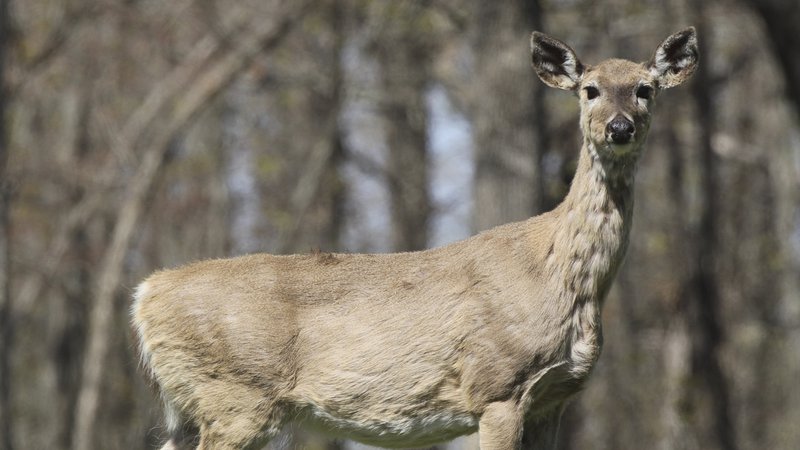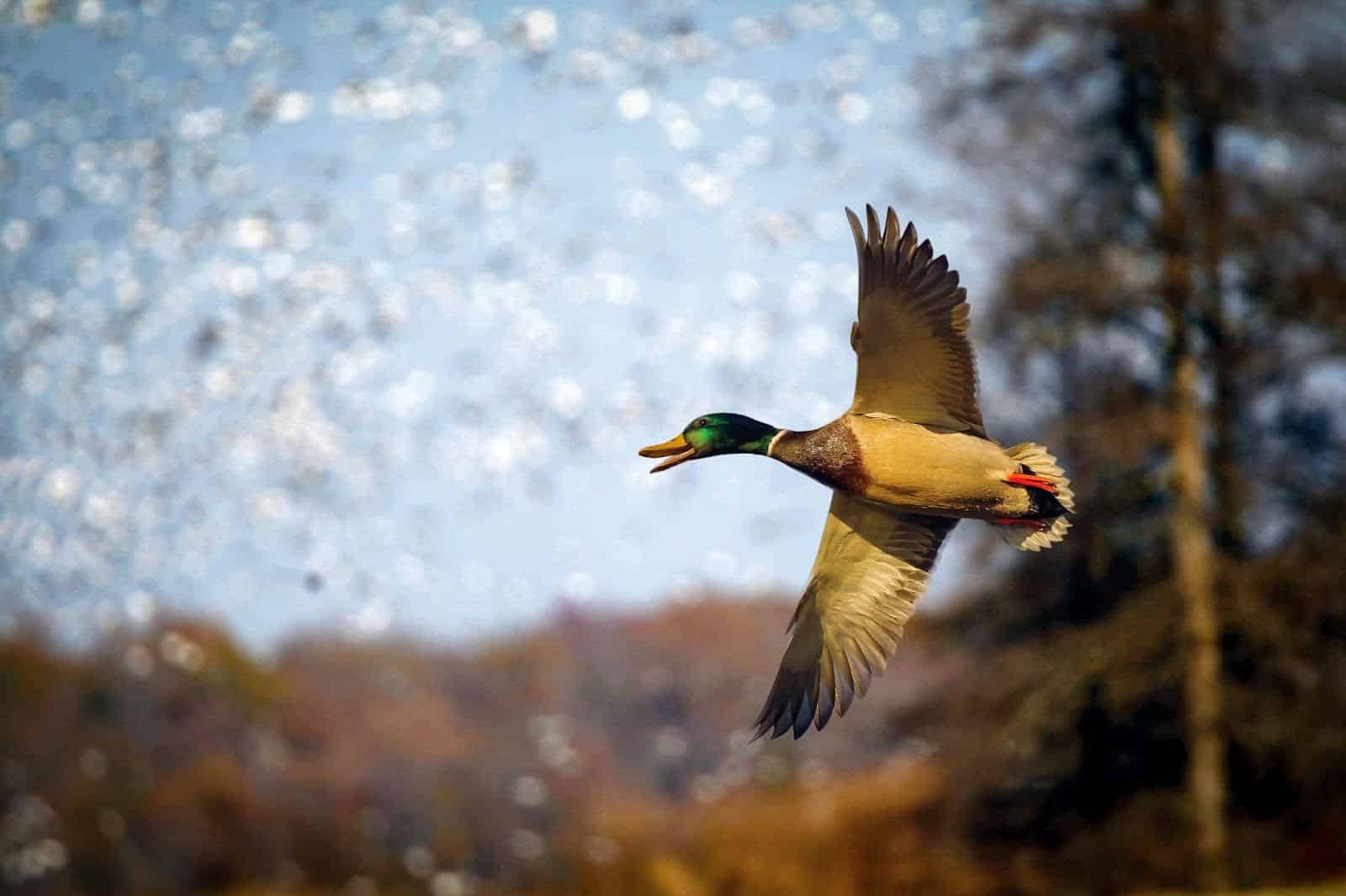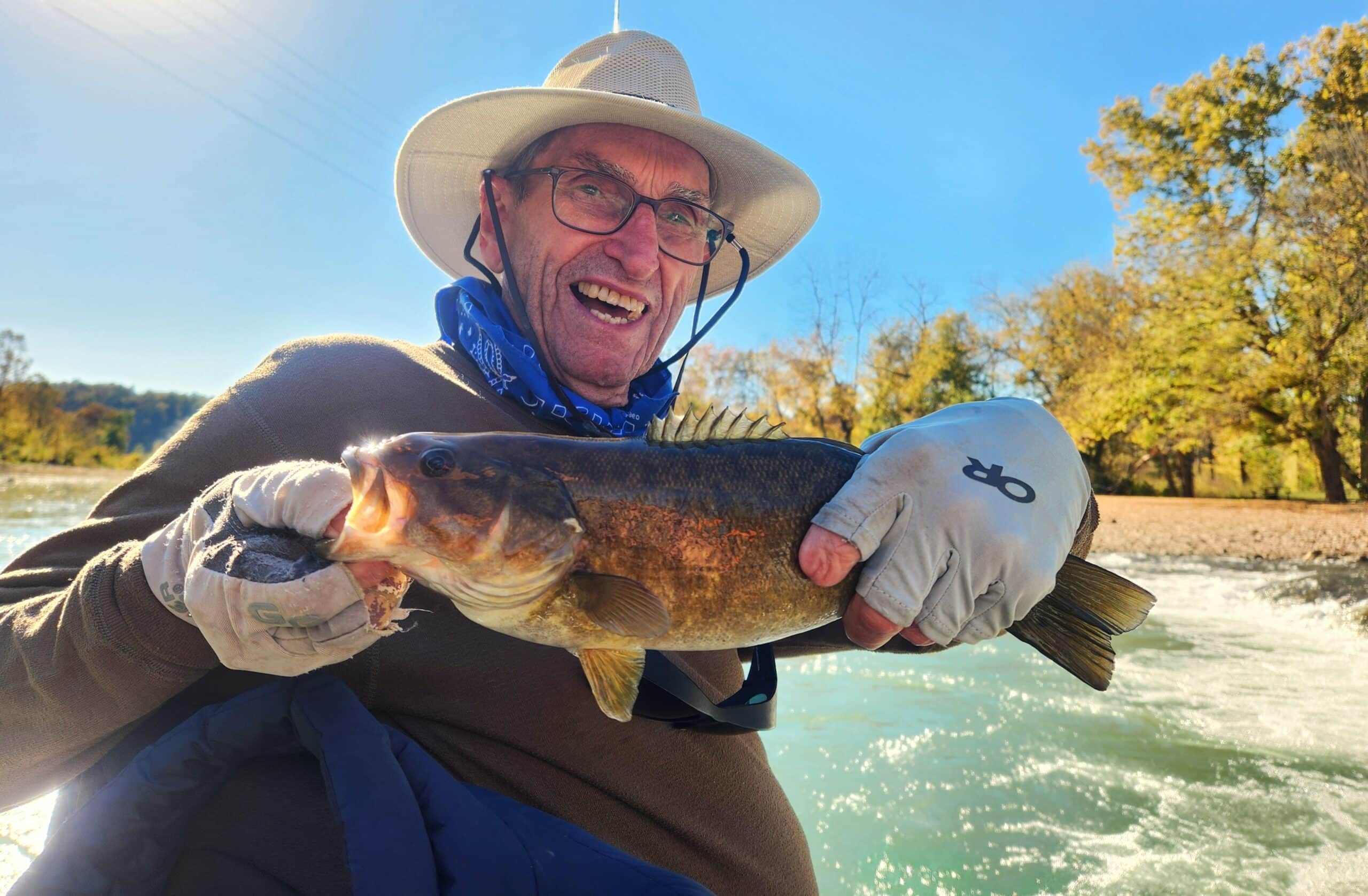CWD Management Zone expands to include Van Buren County
ON 06-05-2017

June 5, 2017
Randy Zellers
Assistant Chief of Communications
LITTLE ROCK – Van Buren County is the latest area to be placed under special wildlife regulations to curb the spread of chronic wasting disease, as the Arkansas Game and Fish Commission added it to the official CWD Management Zone.
No positive cases of CWD have been found in Van Buren County, but a positive elk was collected in Searcy County last year within a few miles of the county line. Based on AGFC’s management strategy for disease containment, counties within a 10-mile radius of a positive CWD case are included in the management zone.
“Yearling bucks are an age class of white-tailed deer that tend to travel the farthest. They can range up to 50 miles, but we based our CWD management strategy on the assumption of a 10-mile average dispersal radius,” said Jenn Ballard, veterinarian for the AGFC’s newly formed Research, Evaluation and Compliance Division. “Some may go more or less than that, but to keep it reasonable, any county that significantly overlaps one of those circles is included.”
Hunters who successfully harvest a deer in Van Buren County will no longer be allowed to move any part of their deer except for deboned meat, hides, cleaned antlers and skull plates, and finished taxidermy items outside of the CWD Management Zone.
“The prion which causes the disease is very resistant,” Ballard said. “We want to prevent the spread of it as much as possible because it stays in the environment indefinitely. We know that the brain and nervous tissue are the areas of the cervid’s body that house the most prions, so by leaving that portion in the zone, we drastically reduce the chance of spreading the disease to new areas of the state.”
Ballard says, the safest way to dispose of the remainder of the carcass is to bury it within the CWD Management Zone or take it to an approved landfill within the zone to help prevent scavengers from spreading infectious material.
People within Van Buren County also will need to adhere to new regulations regarding feeding wildlife. In general, placing food for wildlife viewing is now banned in the county. However, there are exceptions to this rule. Incidental feeding of wildlife from active livestock operations and any other normal agricultural operations are still allowed. Hand-feeding of wildlife, such as waterfowl and squirrels, and the use of birdfeeders and squirrel feeders are still allowed. Baiting deer and elk for hunting is allowed from Sept. 1 through Dec. 31. Food plots may be used year-round. Baiting bears also is allowed 30 days before bear season opens, however any baiting before Sept. 1 must be with dog food, cat food, pastries and bread, cooking oils/grease, non-wildlife meat scraps, popped popcorn and fish.
“The regulation primarily concerns people supplementally feeding deer and concentrating them in one spot,” Ballard said. “We know that artificial congregation of animals increases the transmission of any disease, not just CWD.”
Ballard says there are still information gaps left to regarding CWD’s spread in Arkansas, but the picture is becoming clearer each time samples are taken and tested.
“We’re coming closer to defining the boundaries of the disease and hope to have more information by the end of the next hunting season, once more samples can be gathered from hunter harvests.”
Chronic wasting disease was first detected in a 2½-year-old, hunter-harvested, female elk near Pruitt, about 12 miles east of Ponca. The elk was shot Oct. 6, 2015, but the samples from that annual testing group were not confirmed CWD positive until Feb. 23, 2016. CWD was confirmed in Arkansas’s white-tailed deer herd March 8, 2016, when a 2½-year-old female deer that was found dead near Boxley Valley tested positive for the disease. To date, there have been 213 confirmed cases of CWD in Arkansas.
Learn more about Chronic Wasting Disease
Recent News
Subscribe to Our Weekly Newsletter E-mails
Don’t miss another issue. Sign up now to receive the AGFC Wildlife Weekly Newsletter in your mailbox every Wednesday afternoon (Waterfowl Reports are published weekly during waterfowl season and periodically outside the season). Fishing Reports arrive on Thursdays. Fill in the following fields and hit submit. Thanks, and welcome!


